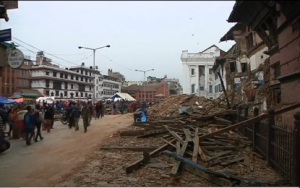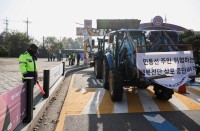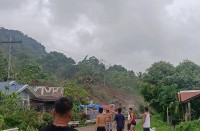 APRIL 28 (Reuters) — Shock turned to anger in Nepal on Tuesday (April 28) as some of the tens of thousands stricken by a devastating earthquake, which killed more than 4,000 people, expressed frustration at what they said was their government’s slow response to the crisis.
APRIL 28 (Reuters) — Shock turned to anger in Nepal on Tuesday (April 28) as some of the tens of thousands stricken by a devastating earthquake, which killed more than 4,000 people, expressed frustration at what they said was their government’s slow response to the crisis.
Many people across Nepal slept in the open for a third night, their homes either flattened or threatened by tremors that spread more fear among a traumatized population.
In Kathmandu, as elsewhere, thousands are sleeping on pavements, roads and in parks, many under makeshift tents.
Hospitals are full to overflowing, while water, food and power are scarce, raising fears of waterborne diseases.
With aid slow to reach many of the most vulnerable, some Nepalese were critical of the government.
“The government is not even giving water to us; I cannot tell you how difficult it was to pass the night. It was such a hard night as we didn’t even have water to drink,” said 54-year-old Chaitya Bajrachary.
Apart from finding shelter at night, the people in the capital city had to find their own food, water and necessity as limited help is mostly being deployed in more affected areas out of town.
International aid has finally begun arriving in the Himalayan nation of 28 million people after the major quake that struck at about midday on Saturday (April 25). A Home Ministry official in the capital, Kathmandu, said the death toll from the 7.9 magnitude quake stood at 4,010, with 7,598 injured.
Nepal’s most deadly quake in 81 years triggered a huge avalanche on Mount Everest that killed at least 17 climbers and guides, including foreigners, the worst single disaster on the world’s highest peak.
A series of aftershocks, severe damage from the quake, creaking infrastructure and a lack of funds has slowed the disbursement of aid to those most in need. (Kathmandu, Nepal)








